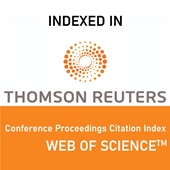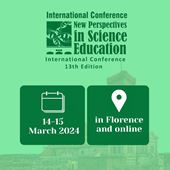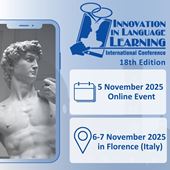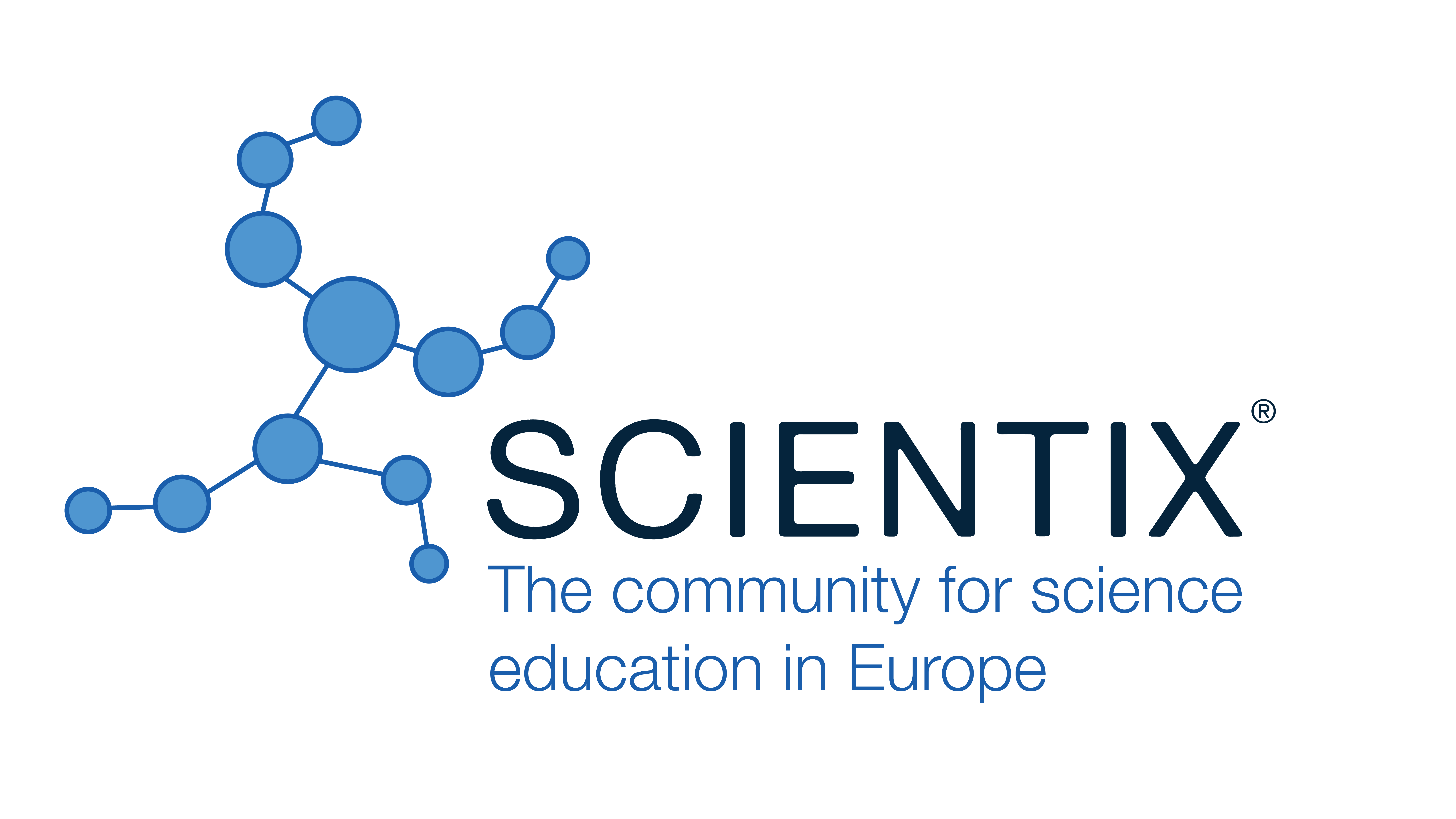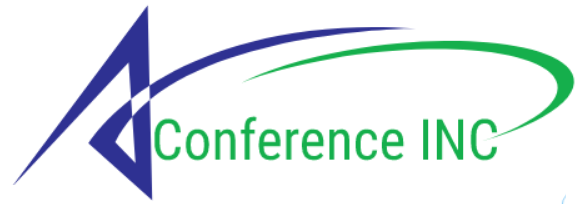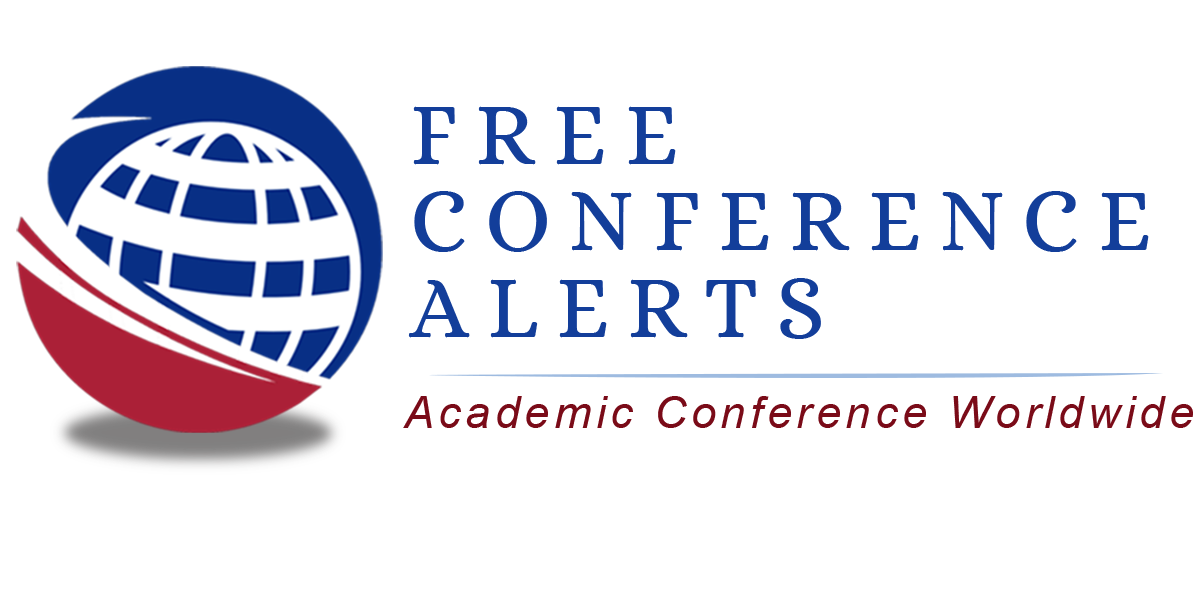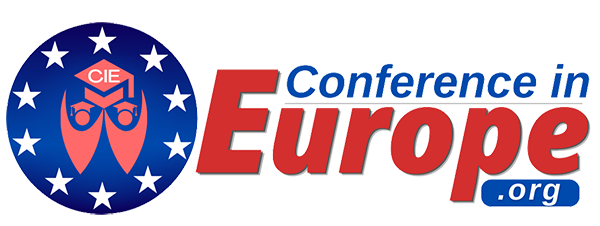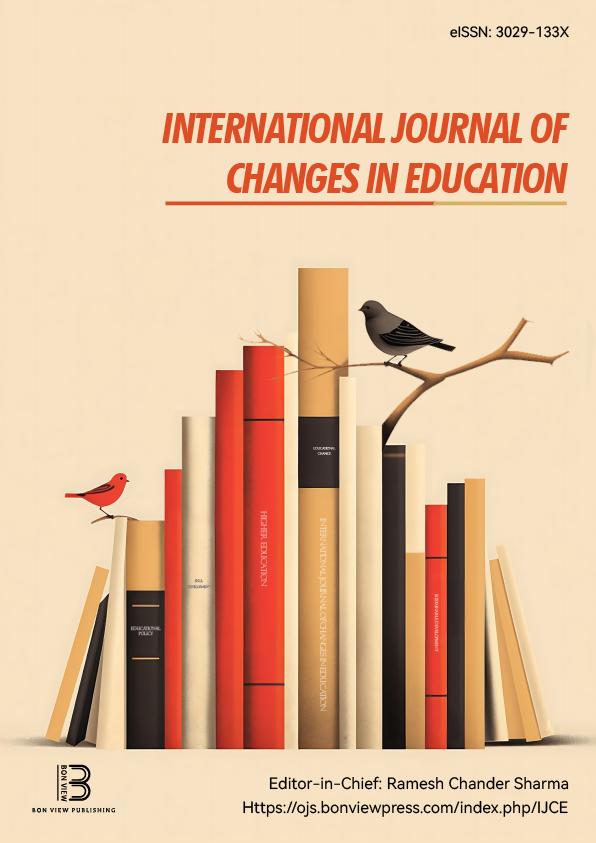Teaching Grammar in the ELT Classroom: Teachers' Challenges and Perceptions
Antonella Valeo, York University, Toronto (Canada)
Abstract
Despite shifting priorities and perspectives in language teaching and learning, teaching grammar remains an important feature of the adult language classroom. It also continues to be a focal point for professional publications, a common component of language teacher education programs, and an enduring interest for many researchers, largely concerned with investigating the impact of theoretical interventions on learning outcomes (see Ur, 2011). Grammar teaching is also, arguable, one of the most challenging areas of pedagogy as teachers grapple with abstract concepts and complex structures constructed to express meaning across a range of contexts. Despite a wealth of research concerned with grammar teaching and learning, however, little is known about how teachers experience the challenges and how they develop the skills to meet them in the classroom context. This study addresses these questions in the context of adult English as a Second Language classrooms in Canada, a context characterized by extensive diversity in curriculum, learner goals, and teacher professional backgrounds. Drawing on theorizing and research in language teacher cognition (Borg,2015) the study explored grammar teaching from the perspective of the teacher. Through semi-structured interviews, 10 teachers shared their personal and professional experiences, described their classroom practice, and discussed reasons for their pedagogical choices. The findings suggest that how teachers perceive the demands and affordances of their individual teaching contexts plays a role in the pedagogical choices they make. The study highlights the need to recognize the highly individualized and idiosyncratic nature of teachers’ pedagogical decisions and the potential for a more personalized and self-directed approach to teacher education and development throughout the career cycle. Implications underscore the need for a collective response to these challenges, one that involves investment from language teacher educators, employers, professional associations, and a reflective, informed role for teachers.
 Innovation in Language Learning
Innovation in Language Learning
